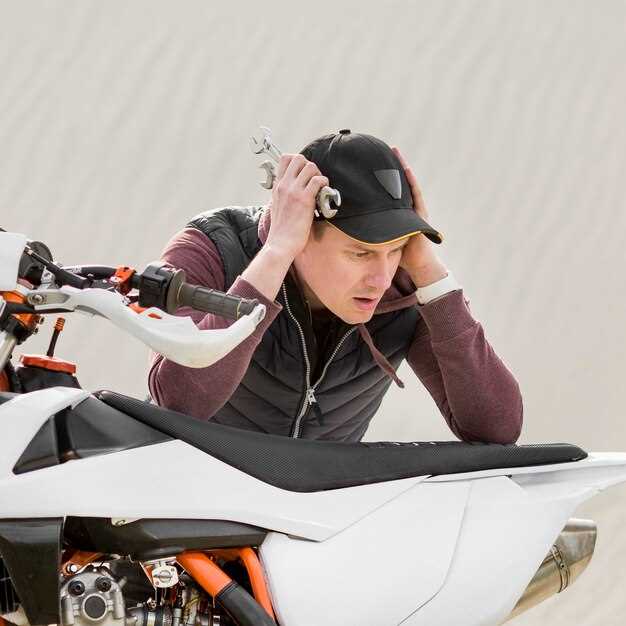
In the high-stakes world of racing, every millisecond counts, and a driver’s reaction time can be the difference between crossing the finish line first or losing precious positions. Improving your reflexes is not just a matter of natural ability; it involves a combination of training, mental focus, and physical conditioning. In this article, we will explore effective methods that can help you sharpen your racing reflexes and enhance overall performance on the track.
Racing demands quick thinking and instantaneous responses to unexpected situations. Whether navigating tight corners or reacting to other competitors, drivers must be prepared to make split-second decisions. This requires a deep understanding of one’s vehicle, the racing environment, and personal capabilities. By implementing specific strategies, you can significantly reduce your reaction time and increase your chances of success.
From specialized drills to mental exercises, each method offers unique benefits tailored to boost your reaction time. We’ll delve into techniques that focus on improving hand-eye coordination, concentration, and muscle memory, ensuring that you are not only reactive but also proactive during intense racing situations. Prepare to uncover ways that will give you the competitive edge you need on the track.
Implementing Reaction Drills with Visual Cues

Enhancing racing reflexes requires dedicated practice, and incorporating visual cues into reaction drills can significantly improve response times. Visual cues serve as specific signals that prompt immediate responses, allowing racers to train their brains to react quickly and accurately under pressure.
One effective drill involves using colored lights or objects placed strategically on a track or training area. The participant must react to a particular color by executing a defined movement, such as accelerating or braking. This drill not only sharpens reflexes but also teaches athletes to focus on their peripheral vision and process multiple stimuli simultaneously.
Another approach is to use a partner who can hold up cards with various symbols or colors at random intervals. As the partner displays each card, the racer must respond with the appropriate action. This method helps develop quick recognition skills and reinforces the importance of visual cues in dynamic racing environments.
Incorporating technology, such as reaction lights or apps designed for training reflexes, can further enhance these drills. These tools often feature unpredictable sequences, pushing participants to stay alert and improve their mental agility. Regularly integrating these visual cue exercises into training routines can lead to noticeable improvements in racing performance and overall reaction speed.
Incorporating Agility Training for Faster Responses

Agility training plays a crucial role in enhancing racing response times. This type of training focuses on improving your ability to change direction quickly while maintaining balance and control. By incorporating various agility exercises into your routine, you can boost your reaction time significantly.
Drills such as ladder drills, cone sprints, and shuttle runs are essential components of agility training. These exercises not only enhance foot speed but also improve coordination, which is vital for quick reactions on the track. When executing these drills, concentrate on your form and ensure that you are making explosive movements to maximize effectiveness.
Additionally, incorporating plyometric exercises can further enhance your reactive capabilities. Exercises like box jumps and lateral hops teach your muscles to respond more efficiently under pressure. This improved muscle response translates directly into faster reaction times during racing scenarios.
Consistency is key in agility training. Establish a dedicated schedule and gradually increase the intensity and complexity of your drills. This structured approach allows your body to adapt and improve over time. Regularly assessing your progress will help you stay motivated and fine-tune your training regimen.
Furthermore, mental agility is equally important. Practicing visualization techniques can enhance your ability to anticipate and react to situations during a race. By mentally rehearsing potential race scenarios, you can condition your mind to make quicker decisions when it matters most.
In conclusion, incorporating agility training into your routine provides a comprehensive approach to boosting racing reaction times. By focusing on both physical and mental aspects of agility, you can develop the skills necessary to respond faster in competitive situations.
Utilizing Technology for Real-Time Feedback and Improvement
In the world of racing, every millisecond counts, and enhancing reflexes is paramount for success. Technology plays a critical role in providing real-time feedback that can lead to significant improvements in reaction time. Utilizing various devices and applications, racers can analyze their performance and make necessary adjustments on the spot.
One of the most effective tools for this purpose is the use of wearable devices. These gadgets track physiological responses, such as heart rate and muscle tension, providing insights into how the body reacts during stressful situations. By monitoring these metrics, racers can better understand their reflexes and implement targeted training regimens to optimize their performance.
Another valuable technological advancement is video analysis software. This software allows racers to record and review their races to identify areas for improvement. By breaking down each movement, racers can pinpoint delays in their responses, enabling them to refine their techniques and enhance their reflexes. Additionally, pairing video feedback with data analytics can reveal patterns in performance that may go unnoticed otherwise.
Virtual reality (VR) is also making waves in the racing world. Immersive simulations provide real-time scenarios that mimic real racing conditions, allowing racers to practice their reflexes in a controlled environment. By engaging in these simulations, racers can experiment with different strategies and develop quicker responses to unexpected challenges on the track.
Furthermore, mobile applications designed for racing training offer interactive exercises that target reflex development. These apps often include reaction time drills, competitive games, and customizable training programs. Regular use of these applications ensures consistent practice and helps racers build the muscle memory needed for lightning-fast reflexes.
Incorporating technology into racing practices not only enhances reflexes but also fosters a mindset of continual improvement. Through immediate feedback and data-driven insights, racers can stay ahead of their competition and achieve optimum performance on the track.
